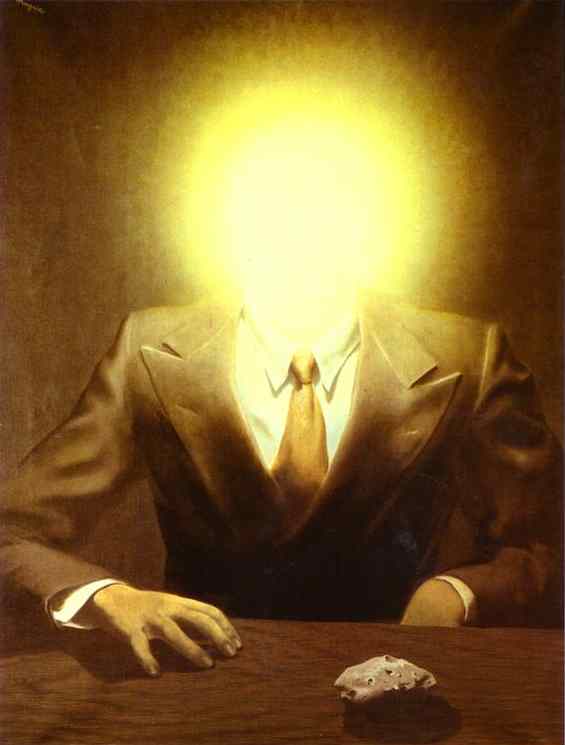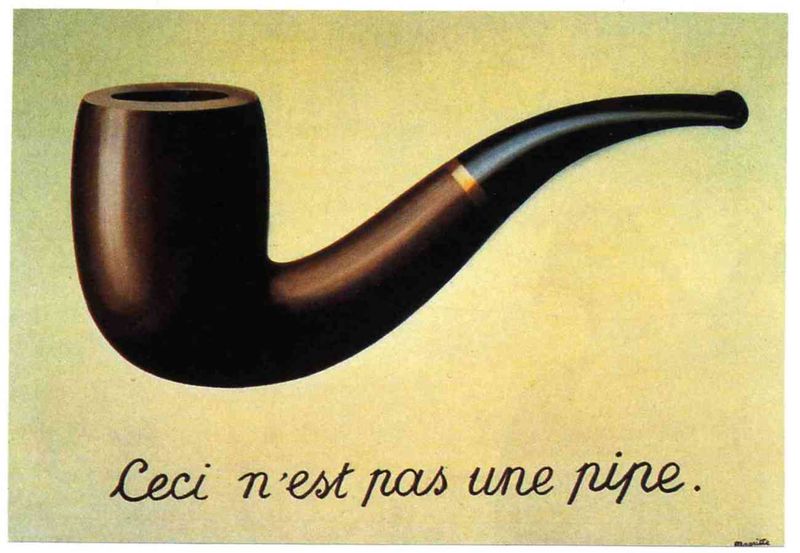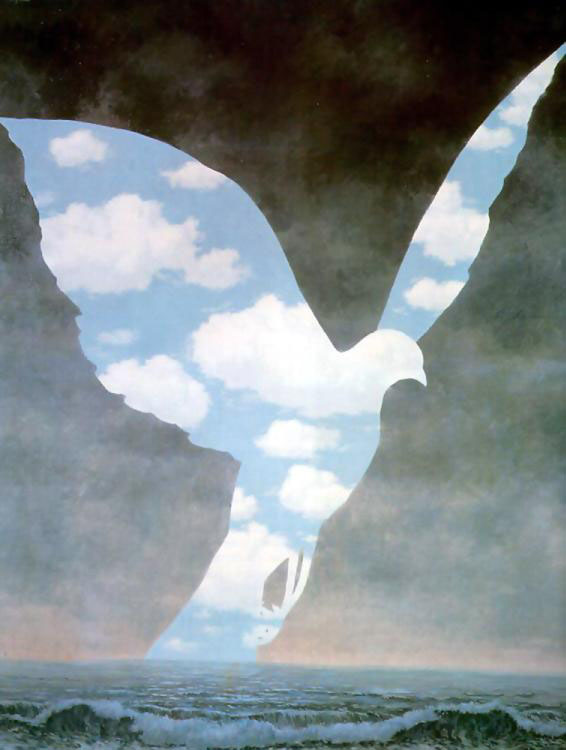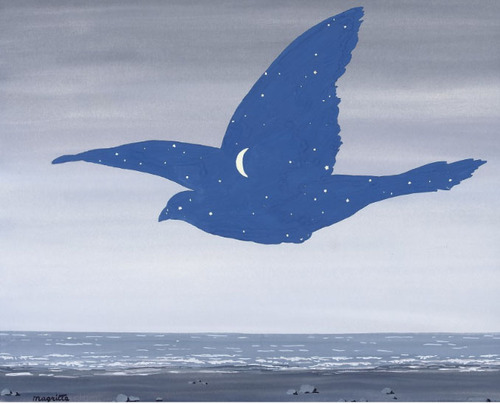05/09/2011 René Magritte: The Pleasure Principle at the Liverpool Tate
RSS Feed ~ Comment: by email - on Twitter ~ Share: Twitter - Facebook - Linked In - Google+ - Permanent link
I am typically not a fan of the Surealist movement which, with its obscure symboles, I find particularly hard to approach. It is fair to say that René Magritte was a surealist artist. However, instead of depicting the world of the dreams following a strong trend amount the Surealists inspired by Freud's "The Interpretation of Dreams" book, I believe he mainly depicted the none sense of the real world and its representation in art.
Art evokes the mystery without which the would would not exist.
The exhibition René Magritte: The Pleasure Principle is named after his famous painting with the same name. It presents a very exhaustive selection of its works organized in topics of interests and inspirations: The Surreal; Artifice, pattern and the staged image; the treachery of images; the flavour of tears; pictured pictures; fractured nudes; the man in the bowler hat; the dominion of light. Two sections of this exhibition also display is involvement in commercial art and also his interest for photographs and films in a style surprisingly close to his paintings.
We all know the famous "Ceci n'est pas une pipe" ("This is not a pipe") paintings representing a pipe. The interpretation of this painting is pretty interesting but I discover that it is just a tiny subset of a larger interest by Magritte for the threesome relationship between the object, its representation and the word with use to identify this object. Maggrite questioned how each of the these three forms can be exchange by another but also the arbitrary in the naming and the representations of objects.
An object is never so closely attached ti its name that another cannot be found which suits it better.
I generally like better art which is visually appealling but most of René Magritte's work is not that impressive on that regard. However, over the years he significantly improved his skill which leads in absolutely beautiful painting of clouds in his late career, including The Great Familly (1963) or The Kiss (1951)
This is an exhibition I have been waiting for a long time to go and it was absolutely worth it. I also would like to acknowlegde the great work the Liverpool Tate has done. Yes, the topic is outstanding but the Liverpool Tate perfectly designed this exhibition. Everything combined, this is the best exhibition I have seen in 2011.



